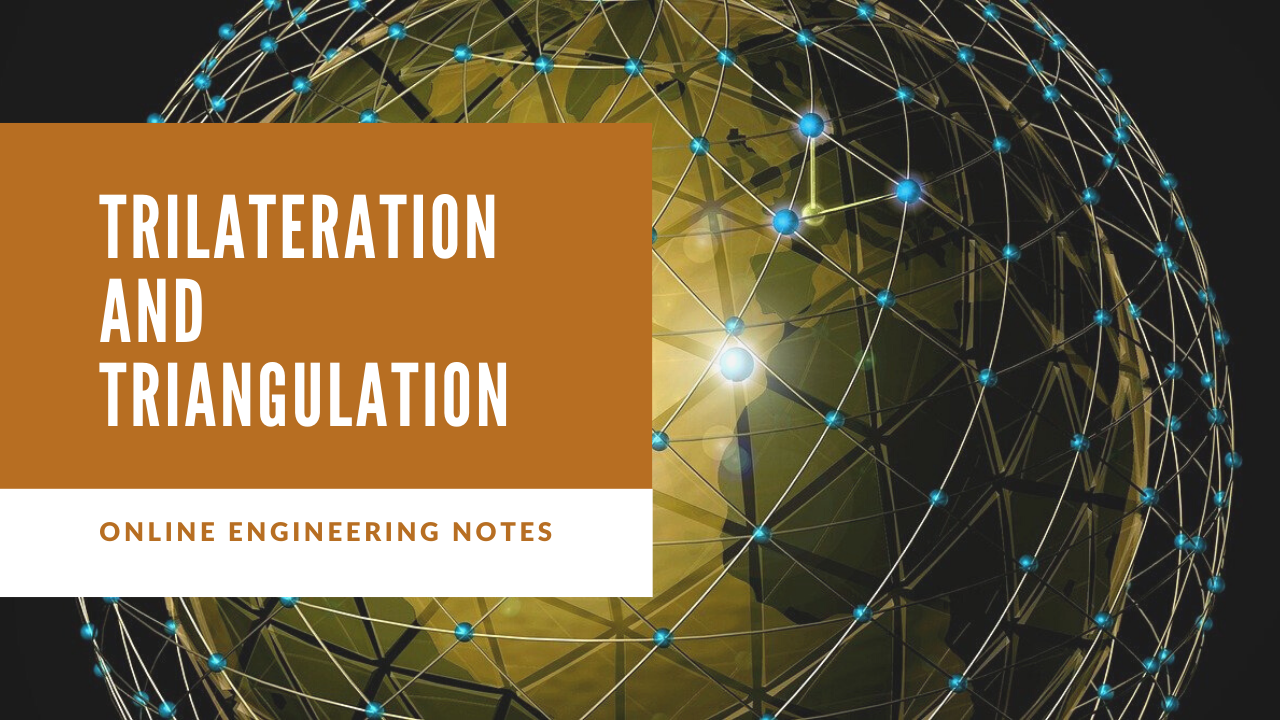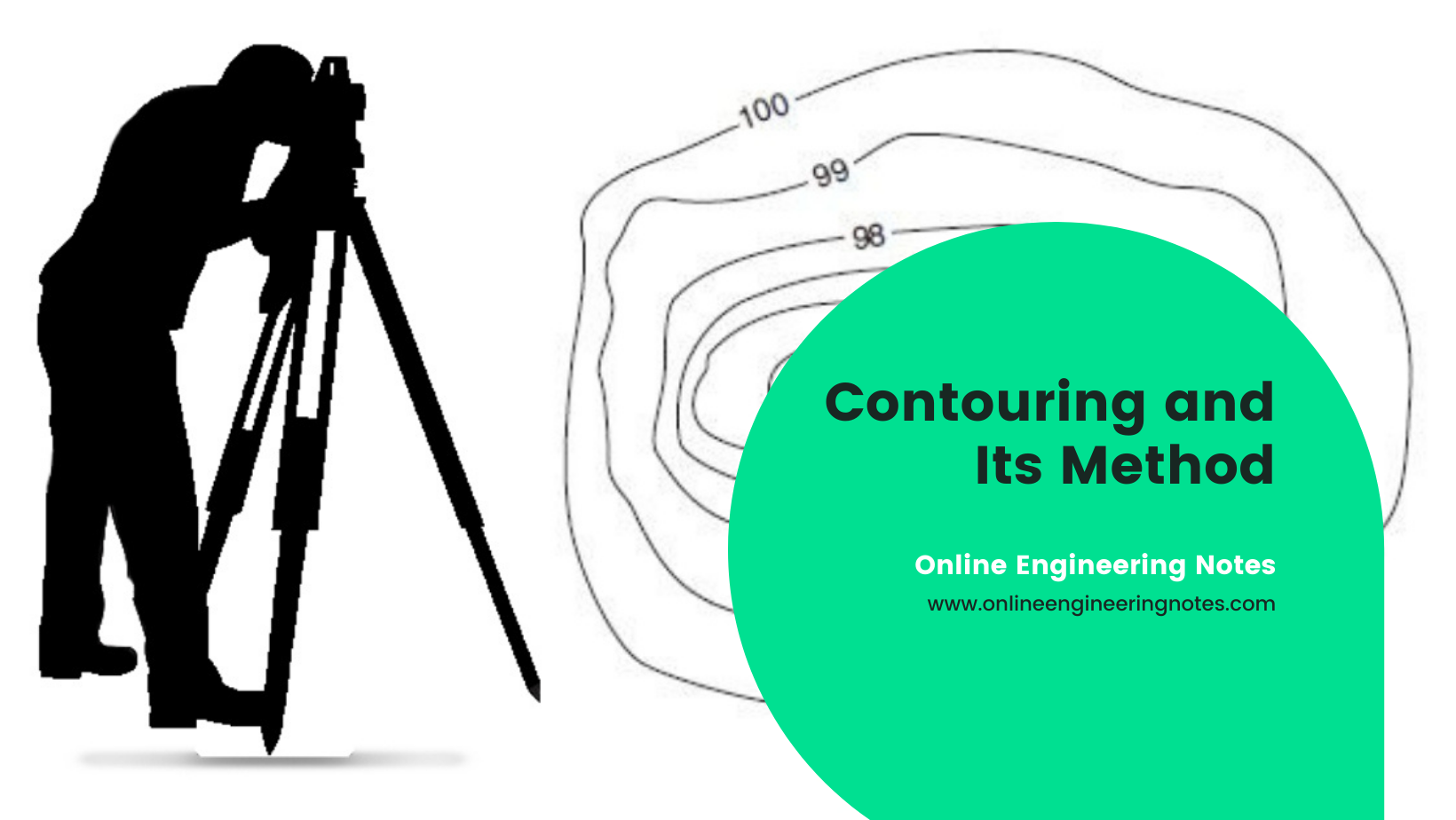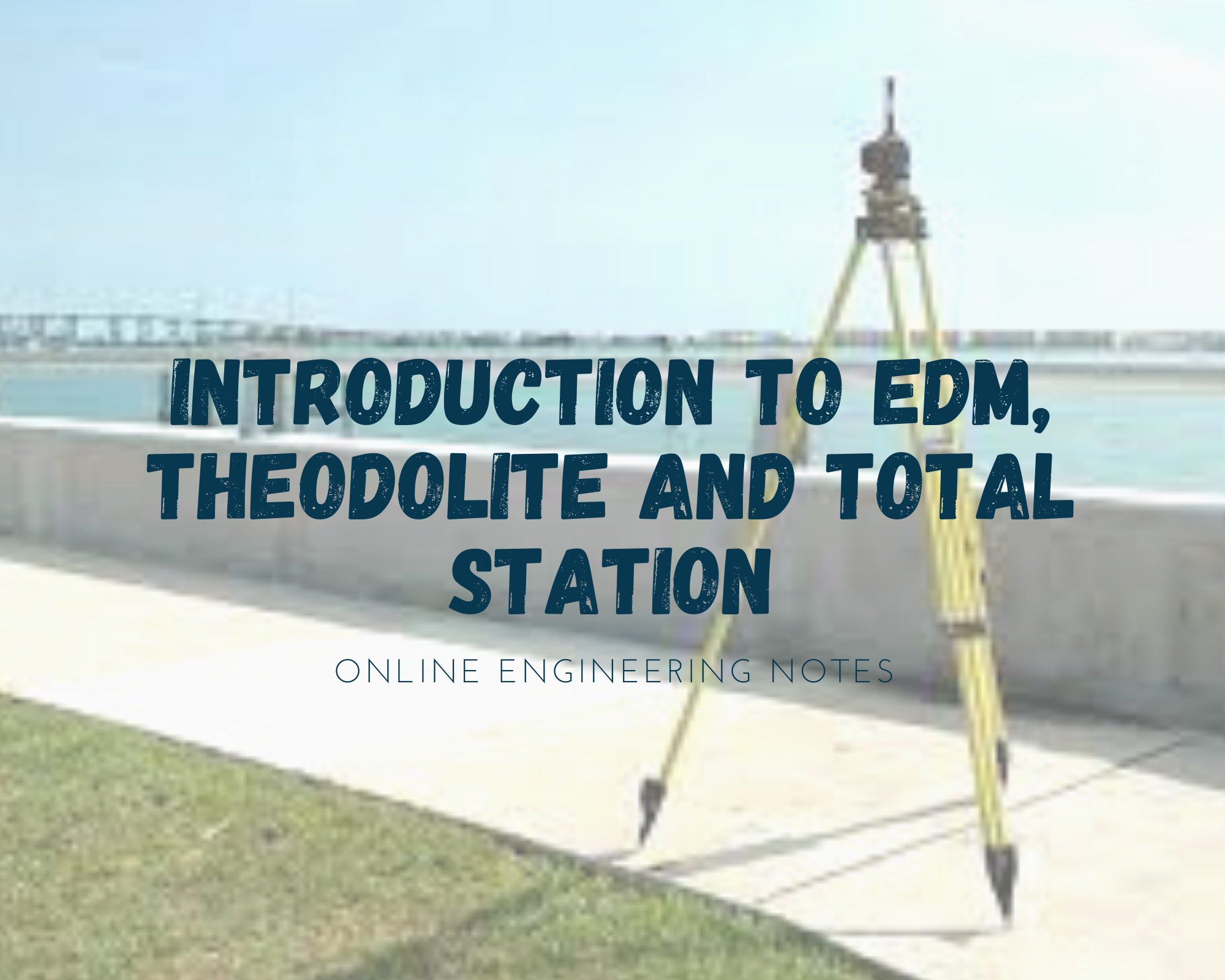Trilateration and Triangulation: Electronic Distance Measurement and Satellite Stations and Inter-visibility of Triangulation Stations
Introduction Triangulation and Trilateration is a horizontal control survey whose purpose is to determine the position of a number of control points or stations precisely. The basic framework of the control points are the triangles both in the triangulation and trilateration. Triangulation It is the method of providing control points by measuring all the angles … Read more




